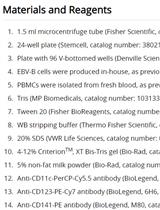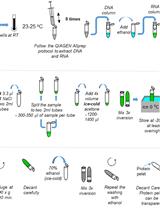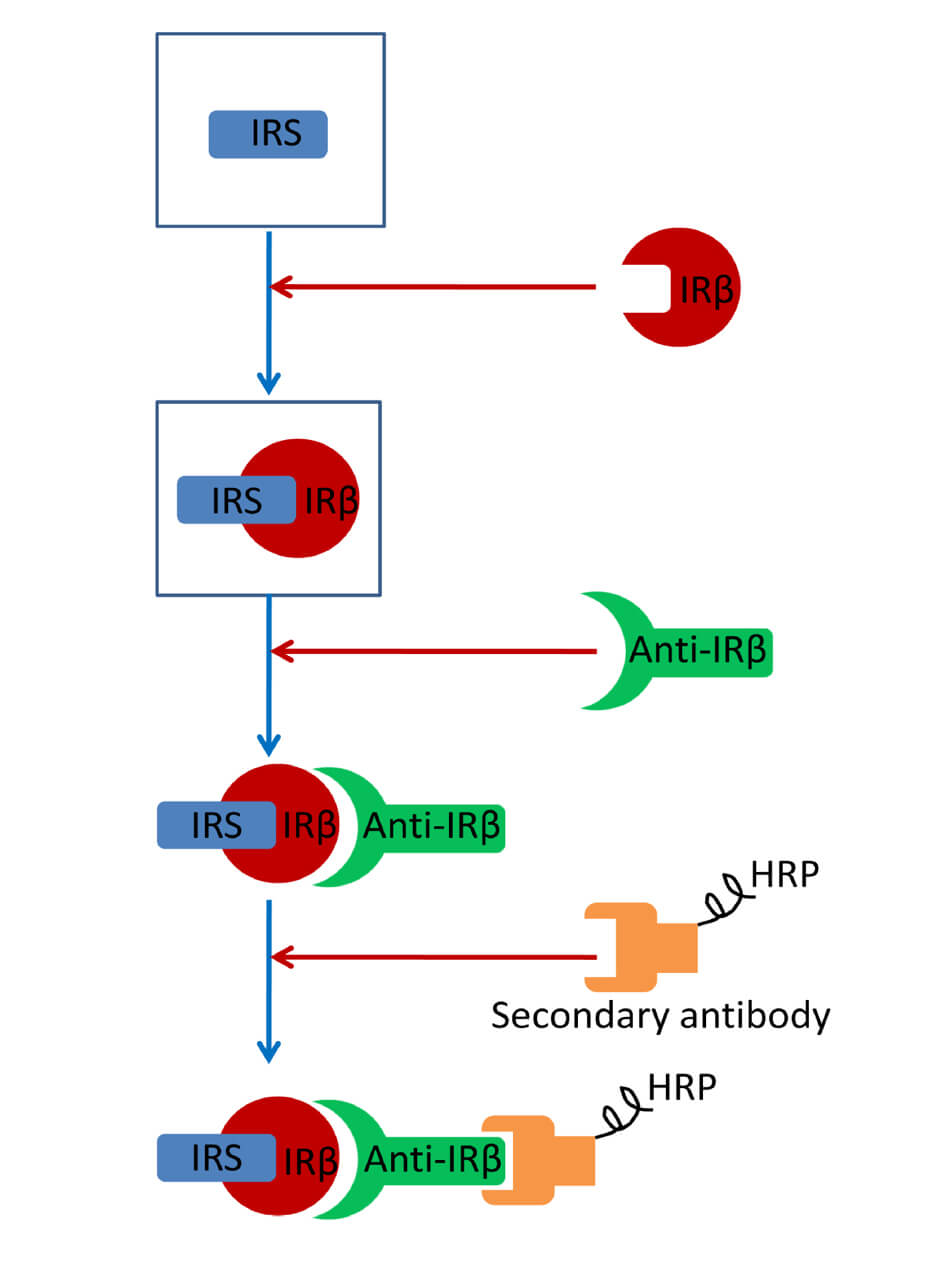- EN - English
- CN - 中文
Enzymatic Reactions and Detection of C3 Cleavage Fragments
通过C3被切割后产生的片段检测C3转化酶的活性
发布: 2014年08月20日第4卷第16期 DOI: 10.21769/BioProtoc.1205 浏览次数: 11541
评审: Pia GiovannelliAnonymous reviewer(s)

相关实验方案

SPPL2a抑制剂处理细胞后的CD74N端片段聚集的检测
Rubén Martínez-Barricarte [...] Jean-Laurent Casanova
2019年06月05日 6895 阅读

毛细管纳米免疫实验定量分析经CD138筛选的骨髓瘤细胞蛋白
Irena Misiewicz-Krzeminska [...] Norma C. Gutiérrez
2019年06月20日 6767 阅读
Abstract
The complement component C3 is the major effector molecule of the complement system. C3 circulates in the blood and interstitial fluids as pro-enzyme and is activated by enzymatic cleavage into a C3a portion, a classic anaphylatoxin that functions as chemoattractant and immune cell activator, and the C3b portion, the body’s most potent opsonin. C3 cleavage is in most cases mediated by an enzyme complex called the C3 convertase. However, it is now becoming increasingly clear that the cleavage of C3 by a range of ‘single’ proteases into bioactive C3a and C3b fragments is of high physiological significance. Here, we describe a protocol for the enzymatic cleavage of human C3 by the serine protease cathepsin L and the detection of the cleavage products C3a and C3b by western blotting as an example for this kind of enzymatic reactions.
Keywords: Complement system (补体系统)Materials and Reagents
- Purified human C3 (Complement Technology, catalog number: A113 )
- Purified human C3b (Complement Technology, catalog number: A114 )
- Purified human C3a (Complement Technology, catalog number: A118 )
- Recombinant human cathepsin L (CTSL) (R&D Systems, catalog number: 952-CY-010 )
- 1 M Dithiothreitol (DTT) (Life Technologies, catalog number: P2325 )
- Tris acetate gels 3-8% or equivalent (Life Technologies, NuPAGE® Novex®, catalog number: WG1603BOX )
- 20x NuPAGE Tris acetate running buffer (Life Technologies, catalog number: LA0041 )
- Protein size standard (Life Technologies, catalog number: LC5800 )
- 5x protein sample reducing loading buffer (Thermo Fisher Scientific, catalog number: 39000 )
- Nitrocellulose membranes (Life Technologies, catalog number: IB301002 )
- 5% dried milk powder in 1x PBS (Marvel)
- Tween 20 (Sigma-Aldrich, catalog number: P5927 )
- Rabbit anti-C3d antibody recognizing the intact and cleaved C3 α-chain (Abcam, catalog number: ab17453 )
- Rabbit anti-C3 antibody recognizing the C3 β-chain (MyBioSource, catalog number: MBS857324 )
- Mouse anti-C3 antibody recognizing the C3a portion within the uncleaved C3 α-chain (Abcam, catalog number: ab36385 )
- Mouse anti-C3a neoepitope antibody recognizing only cleaved C3a (Abcam, catalog number: ab11873 )
- Secondary antibodies to rabbit and mouse Ig conjugated to Horseradish peroxidase (HRP) (GE Healthcare, catalog numbers: RPN4301 and NA9310 , respectively)
- ClarityTM Western ECL substrate (Bio-Rad Laboratories, catalog number: 170-5060 )
- NaCl (Sigma-Aldrich, catalog number S7653 )
- KCl (Sigma-Aldrich, catalog number P9333 )
- Na2HPO4 (Sigma-Aldrich, catalog number S7907 )
- KH2PO4 (Sigma-Aldrich, catalog number P5655 )
- MES (free acid) (Sigma-Aldrich, catalogue number M0164 )
- Brij35 (Thermo Fisher Scientific, Pierce, catalog number: 28316 )
- NaOH (Sigma-Aldrich, catalog number S8045 )
- Tris base (Sigma-Aldrich, catalog number: T1503 )
- HCl (Sigma-Aldrich, catalog number: 258148 )
- 10x phosphate buffered saline (PBS) (see Recipes)
- 0.5 M 2- (N-morpholino) ethanesulfonic acid (MES) buffer (see Recipes)
- 0.05 M Tris (hydroxymethyl) aminomethan (THAM) buffer (see Recipes)
Equipment
- Centrifuge (Eppendorf, model: 5427 R )
- 37 °C, 5% CO2 cell culture incubator
- Heating block (Eppendorf, catalog number: 5382000031 )
- Reaction tubes (1.5 ml) (Eppendorf, catalog number: 0030125177 )
- Pipettes of several volume sizes (for example, Eppendorf)
- Power pack for gel electrophoresis (Bio-Rad Laboratories, catalog number: 164-5070 )
- XCell4 SureLockTM Midi-Cell gel running tank (Bio-Rad Laboratories, catalog number: WR0100 )
- Western blotting transfer equipment (Life Technologies, iBlot®, catalog number: IB21001 )
- Western blot visualization machine Chemi Doc MP imaging system (Bio-Rad Laboratories, catalog number: 170-8280 )
- Platform rocker (Stuart, catalog number: R11876-01 )
- Cold room
- Ice bucket
Software
- ImageLab software 4.1 (Bio-Rad Laboratories)
Procedure
文章信息
版权信息
© 2014 The Authors; exclusive licensee Bio-protocol LLC.
如何引用
Kemper, C. and Kolev, M. (2014). Enzymatic Reactions and Detection of C3 Cleavage Fragments. Bio-protocol 4(16): e1205. DOI: 10.21769/BioProtoc.1205.
分类
免疫学 > 宿主防御 > 综合
生物化学 > 蛋白质 > 活性
生物化学 > 蛋白质 > 免疫检测 > 免疫印迹法(WB )
您对这篇实验方法有问题吗?
在此处发布您的问题,我们将邀请本文作者来回答。同时,我们会将您的问题发布到Bio-protocol Exchange,以便寻求社区成员的帮助。
Share
Bluesky
X
Copy link











